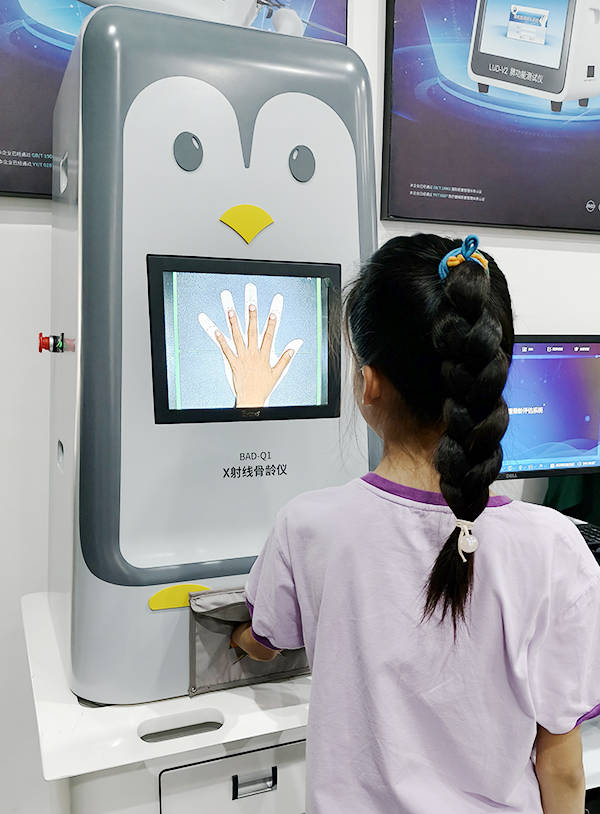“Spring brings birth, summer promotes growth, autumn reaps, and winter stores.” The laws of nature also apply to children’s growth. Scientific research has confirmed that March to May is the “golden period” for children’s growth and development, during which their height growth rate can be more than twice that of other seasons.
Seeing other people’s children grow taller day by day, many parents have such a question:
My child is half a head shorter than his or her peers. Do I need to worry?
The child has been growing very fast recently. Will it stop growing prematurely? \ “”
Everyone says that calcium should be supplemented in spring. But how exactly should it be done scientifically? \ “”
Growth and development is a dynamic process, and each child has a unique growth trajectory. The traditional experience-based approach of “eating and sleeping more” can no longer meet the demands of modern scientific parenting. Modern scientific parenting places more emphasis on precise monitoring. Regular monitoring of bone age is the key to understanding a child’s growth and development.
Bone age is like the growth rings of a tree, recording the growth process. A child’s bones hold the secrets of growth. Through professional bone age testing, we can:
✓ Accurately assess the growth and development status
✓ Predict the future growth space
✓ Detect potential problems in a timely manner
✓ Offer personalized suggestions
Special reminder to the parents of these types of children to attach importance to bone age testing:
✓ The short people who always stand among the first three in the queue
✓ “Little Giants” who stand out a notch above their peers
✓ Overweight little chubby guys
Children who develop secondary sexual characteristics at an earlier age
This spring, it might be a good idea to include bone age testing in your child’s “growth plan”. Just like regular physical examinations, protect children’s growth with scientific methods. After all, when it comes to growing taller, both timing and method are equally important.
Post time: Apr-28-2025


